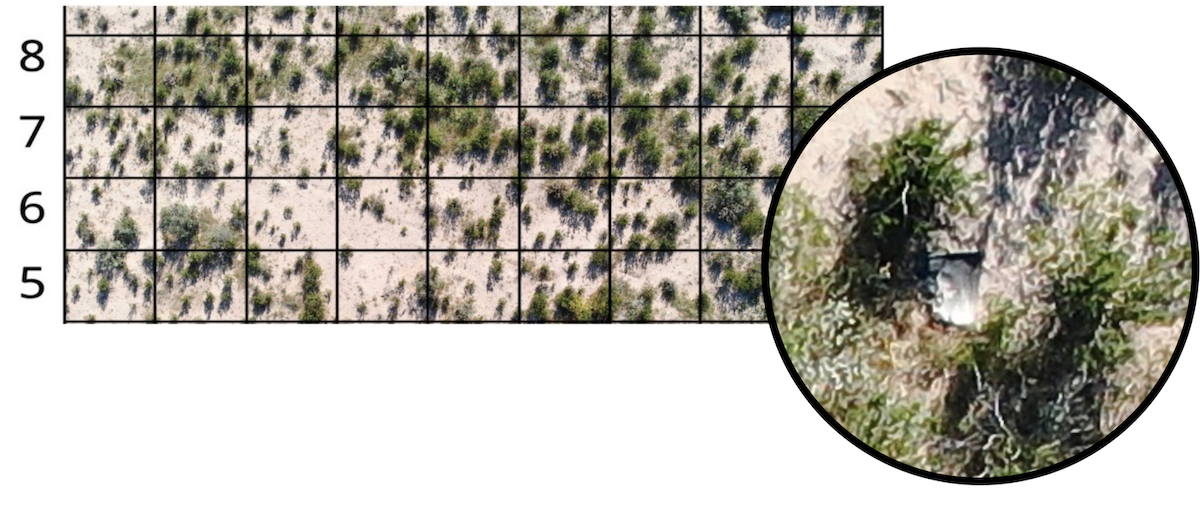27.03.2023
SUMMARY
-
The direct cause of the NS-23 mishap was a thermo-structural failure of the engine nozzle. The resulting thrust misalignment properly triggered the Crew Capsule escape system, which functioned as designed throughout the flight.
-
The Crew Capsule and all payloads onboard landed safely and will be flown again.
-
All systems designed to protect public safety functioned as planned. There were no injuries. There was no damage to ground-based systems, and all debris was recovered in the designated hazard area.
-
Blue Origin expects to return to flight soon, with a re-flight of the NS-23 payloads.
TECHNICAL DETAILS
The NS-23 mishap resulted in the loss of NS Propulsion Module Tail 3. The Crew Capsule escape system worked as designed, bringing the capsule and its payloads to a safe landing at Launch Site One with no damage. As part of the response to the Crew Capsule escape, the Propulsion Module commanded shutdown of the BE-3PM engine and followed an unpowered trajectory to impact within the defined flight safety analysis prediction, resulting in no danger to human life or property. Public safety was unaffected by the mishap, and no changes to crew safety system designs were recommended as a result of the investigation.

Photo of the safe landing of the NS-23 capsule, which functioned as designed throughout the flight. All payloads landed safely.
In accordance with the New Shepard Mishap Investigation Plan, Blue Origin formed a Mishap Investigation Team (MIT), led by members of Blue Origin’s Safety & Mission Assurance organization. The investigation was conducted with FAA oversight and included representatives of the National Transportation Safety Board and NASA’s Flight Opportunities Program and Commercial Crew Office. The MIT stood up debris search and recovery efforts at Launch Site One immediately following the mishap and recovered all critical flight hardware within days.

Photos of Launch Site One. Right: The recovered NS-23 nozzle fragment.
Blue Origin also convened a Mishap Review Board (MRB), which included external non-advocate advisors. The MRB reviewed causal determinations made by the MIT and will continue to exercise oversight of the corrective action implementation.
Aided by onboard video and telemetry, flight hardware recovered from the field, and the work of Blue Origin’s materials labs and test facilities, the MIT determined the direct cause of the mishap to be a structural fatigue failure of the BE-3PM engine nozzle during powered flight. The structural fatigue was caused by operational temperatures that exceeded the expected and analyzed values of the nozzle material. Testing of the BE-3PM engine began immediately following the mishap and established that the flight configuration of the nozzle operated at hotter temperatures than previous design configurations. Forensic evaluation of the recovered nozzle fragments also showed clear evidence of thermal damage and hot streaks resulting from increased operating temperatures. The fatigue location on the flight nozzle is aligned with a persistent hot streak identified during the investigation.
The MIT determined that design changes made to the engine’s boundary layer cooling system accounted for an increase in nozzle heating and explained the hot streaks present. Blue Origin is implementing corrective actions, including design changes to the combustion chamber and operating parameters, which have reduced engine nozzle bulk and hot-streak temperatures. Additional design changes to the nozzle have improved structural performance under thermal and dynamic loads.
Blue Origin expects to return to flight soon, with a re-flight of the NS-23 payloads.
